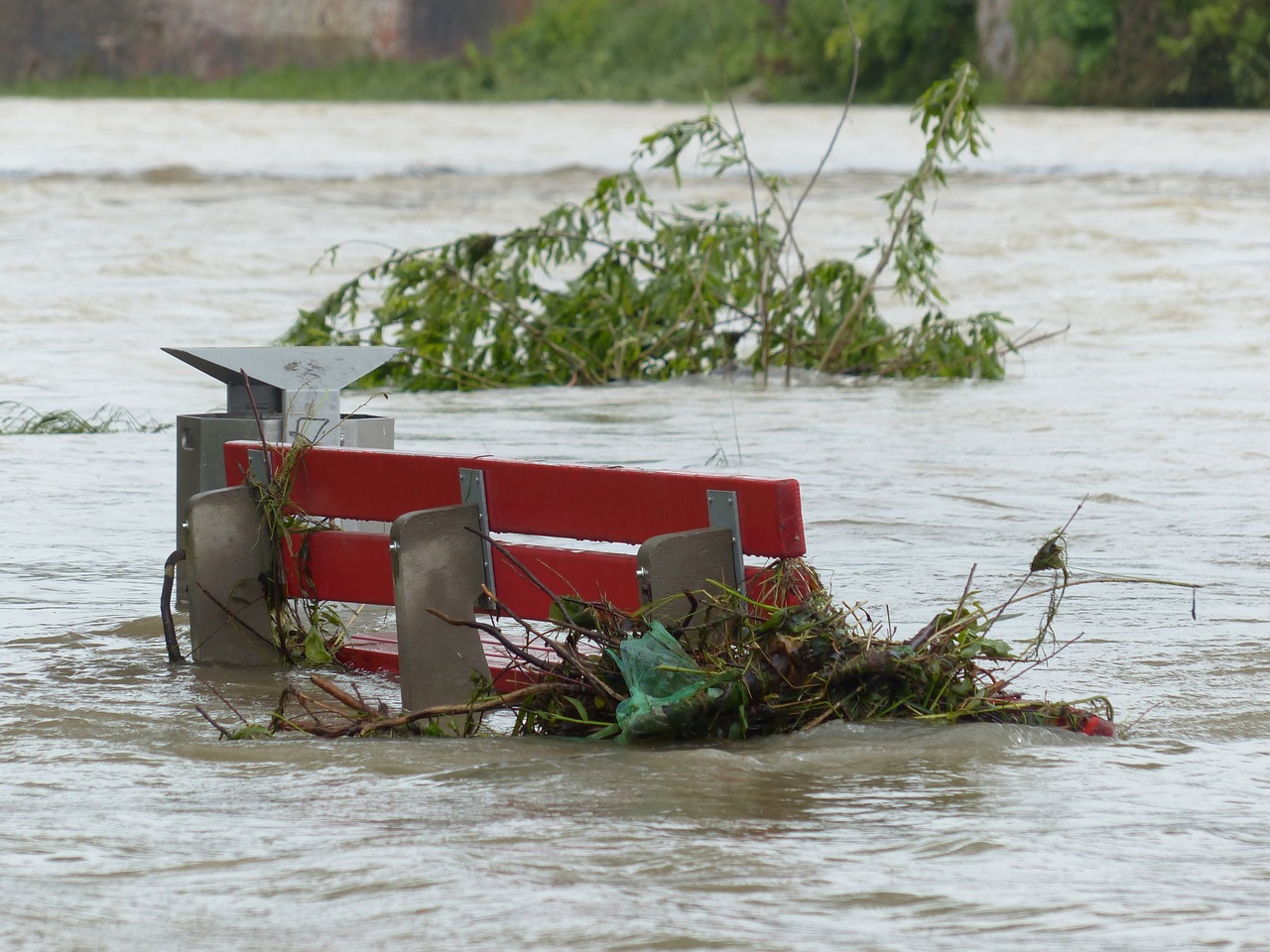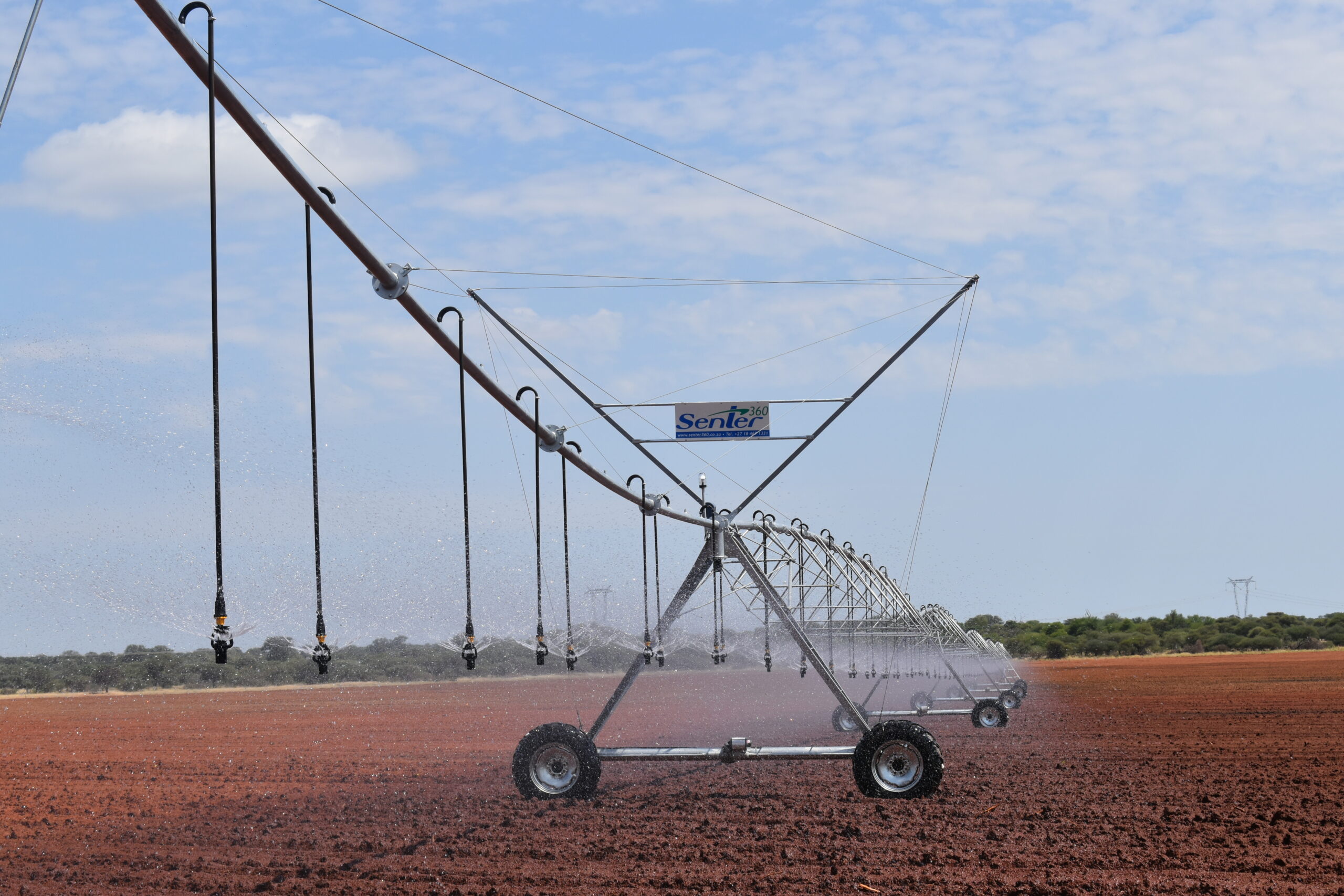Earlier this year, KwaZulu-Natal experienced such severe floods that Santam could only describe the phenomenon, which washed away houses, roads, bridges, and business premises, as the most prominent natural catastrophe in the short-term insurer’s history.
This disaster was more severe on the business’s pocket than the 2019 Durban Easter floods, the 2017 Knysna fires, the flash floods in Durban and Gauteng that same year, and the flooding on the Garden Route in November 2021 – with Santam’s gross exposure estimated to be R3.2 billion.
Unfortunately, the high frequency of these significant loss events in the last five years is now considered the new normal for the country by international brokers like Aon.
What this means for South African insurers is that they are now retaining more risk than ever before. This increased risk subsequently creates an urgent need throughout the industry to understand these and other potential future climate-related risks, including reviewing risk premiums associated with natural catastrophes.
Why climate change is a looming challenge for the insurance industry
South Africa faces numerous risks today, but none are as severe and misunderstood as climate change. While countries realise that the continued emission of greenhouse gases will cause further warming of the planet, and this warming could lead to damaging economic and social consequences, the exact timing and severity of physical effects are difficult to estimate.
For example, South Africa’s economic losses to climate-related activities already pose a significant challenge to the country’s economic development and impact the most vulnerable our society In addition, flooding and fires aren’t foreign threats to the country. However, the potential for more frequent and extreme weather events means the industry must find ways to plan for and mitigate these unknown threats. The rise in climate-related losses threaten the profitability of insurers.
There’s also the risk that climate change could lead to a reduction in insurability. Historically, insurance models paid out periodically on extreme events. However, given that extreme weather events are becoming the “new normal”, insurers must pay out more frequently.
Insurance premiums will, therefore, rise to levels many can’t afford, which will only worsen the industry’s ability to cover these losses.
Nearly 200 countries agreed in December 2015 to reduce greenhouse gas emissions and accelerate the shift towards a low-carbon economy to prevent the catastrophic effects of climate change. This reduction implies moving away from fossil fuel energy and related physical assets. However, relying on clean and energy-efficient technologies isn’t a likely short-term reality for a country like South Africa, which still burns fossil fuels such as coal to generate energy and maintain jobs.
As a result, and considering the mounting losses, it is no longer feasible for insurers to ignore climate change or postpone addressing its effects on underwriting, pricing, and investing. But, most importantly, on their bottom lines.
The climate change uncertainty may soon render the historical loss data that catastrophe models rely on less accurate for future loss projections. Instead, insurers must adopt new innovative tools, such as scenarios and predictive analytics, to broaden climate change risk assessment and map out possible outcomes more accurately.
The possibilities of scenario analysis in climate change planning
The nature of climate risks and the inherent uncertainty about future events makes it difficult to assess them using standard risk modelling methodologies.
On the other hand, scenario analysis is a well-established technique for developing strategies that can be flexible and robust in the face of plausible future developments. This method offers a flexible methodological framework better suited to exploring the risks that could crystalise in different possible futures.
Although scenario analysis doesn’t give insurers a complete description of the future but highlights various possibilities, its potential is already an integral part of climate resilience resources like the U.S. Climate Resilience Toolkit. The website incorporates scenario planning as a valuable decision support method for integrating irreducible and uncontrollable uncertainties into climate change adaptation and other planning in natural resource management.
Furthermore, a TCFD report recommends that organisations, including insurers, use scenarios as tools to identify climate risks and assess the financial impact of climate change. The use scenarios also help to understand and take advantage of climate-related opportunities. These tools help improve the understanding of climate change impacts, long-term business planning, enterprise risk management, and the inclusion of goals and targets to drive sustainable and resilient business operations.
Way forward for companies
Companies have always navigated a changing business environment. Companies not only face physical risks, as climate change impacts their operations, water supplies, infrastructure, supply and distribution chains and electricity supply. They are also expected to manage and adjust to economic, regulatory, and technological changes that support climate change mitigation and adaptation. Businesses tend to be unprepared for long term impact their operations, clients, employees, suppliers, and other stakeholders. Therefore, as the first step in managing climate change impacts, companies, including insurers will have to undertake vulnerability assessments to consider how their businesses will operate under different future climate conditions.
Scenarios can be a tool to help the companies explore uncertain futures and make wiser decisions in the present. Companies can also stress test the robustness of their strategies and think strategically about long-term climate-related risks and opportunities.
Source: Santam









